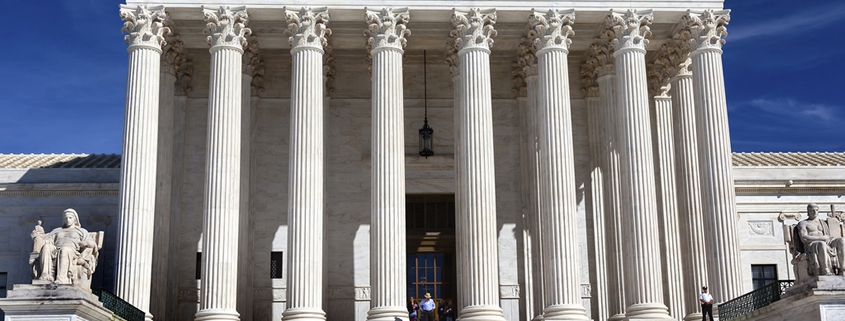When a business or an individual faces overwhelming debt, it can seem like there is no way out. For those who find themselves in this position, they can file bankruptcy and get a “fresh start.” Within the Federal Bankruptcy Code, there are several different ways for individuals and businesses to file bankruptcy. Learn the difference between Chapter 11 and Chapter 7 bankruptcy filings to understand which option may be best for you.
What is a “chapter”?
In the Federal Bankruptcy Code, there are six ways to file for bankruptcy. Some are for cities and towns, some are for businesses and individuals. Each type of bankruptcy filing is called a “chapter.” Chapter 7 and Chapter 11 bankruptcy filings are the most common options for businesses and individuals.
What is the difference between a Chapter 11 and Chapter 7 filing?
The main difference between a Chapter 11 and Chapter 7 bankruptcy filing is in the process by which debtors reconcile their debts with their creditors. In a Chapter 11 filing, the debtor and creditor work together to restructure the loan terms. In a Chapter 7 filing, the debtor liquidates his or her assets to pay off debts.
While businesses and individuals can apply for either type, Chapter 11 is most often used for businesses and corporations. Chapter 7 is often used for individuals and couples.
How does a Chapter 11 bankruptcy work?
The goal of Chapter 11 bankruptcy is to avoid liquidation by restructuring the debts. Restructuring (or reorganizing) loan terms makes repayment more manageable. It also allows businesses to continue in operation while paying off debts.
To reorganize loans, the court appoints a trustee to oversee the management of the debtor’s assets and debts. The debtor then negotiates repayment plans with the creditors. In reorganizing the loans, the creditor and debtor may adjust certain loan terms to make repayment of debts achievable. During this process, someone might adjust their interest rate or payment schedule.
If the debtor continues to fail in repaying their debts, they then might file a Chapter 7 bankruptcy.
How does a Chapter 7 bankruptcy work?
Chapter 7 filings are also called liquidation bankruptcies or “straight bankruptcy.” These are the most common kind of bankruptcy filing. They are for entities whose debts are past the point of reorganization.
In Chapter 7 bankruptcy, the court chooses a trustee to handle the selling of assets and the paying of creditors. The debtor sells his or her personal assets to pay creditors. Certain assets may be exempt, like retirement accounts and tools needed for the debtor’s profession. Clothing and appliances are also generally exempt. The debtor uses the money from the liquidation of personal assets to pay creditors.
A debtor pays secured loans first. These are debts in which the creditor is able to claim collateral in case of default, like mortgages and car loans. Then, the debtor pays unsecured debt with the remaining funds. Unsecured loans are loans in which the creditor has no claim on the debtor’s collateral, should the debtor fail to pay debts. Some examples of unsecured loans are medical bills, utility payments, and credit card payments.
Sometimes the money made from liquidation cannot pay for all debts. In Chapter 7 bankruptcies, outstanding unsecured loans are discharged, or forgiven. Certain debts are not discharged, though, like student loans, child support, and tax debts. Once liquidation has occurred and as many debts as possible have been repaid, creditors can no longer contact the debtor about outstanding debts.
Whether you own a business, have a family, or live independently, you need not live with insurmountable debt. Filing bankruptcy may be the best option for helping you get back on your feet again. Speak with a bankruptcy lawyer to determine which kind of filing would be best for you.





